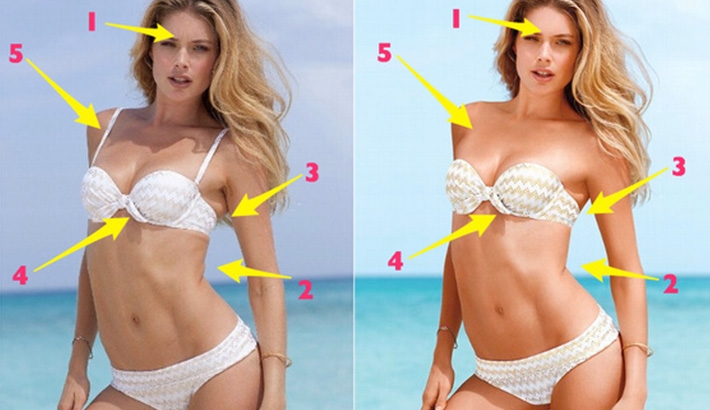On December 18, France passed a new bill that would not only change the dynamic of the modeling industry, but that will hopefully eventually change the dynamic of body image as a whole.
France’s new bill requires models working in France to provide doctors’ notes proving that they are at a healthy weight, asserting that “the state of health of the model, assessed with regard to her BMI, is compatible with the exercise of her profession.” Failure to provide this note is punishable with up to 6 months in jail and an $80,000 fine.
Along with this requirement, the bill also forces magazines to “flag” photographs that have been Photoshopped. Having a “pro-ana” website, aka a website promoting anorexia and bulimia, also became punishable by up to a year in prison.
The bill aims to combat the rapid spread of anorexia in models and the spread of these eating disorders onto young teenagers.

Photo courtesy of fstoppers.com
In France, approximately 35,000 people – most of whom are adolescents – suffer from anorexia. 1 in 200 American women suffer from anorexia and 2-3 suffer from bulimia. The statistics are even higher when looking at high school and college students.
As we examine these numbers, the only thing that we as a community can do is work to change them. The average model weighs between 90lbs and 120lbs, but are between 5’8″ and 5’11”. After inputting this data into a BMI calculator, I found that even a model who weighs 120 lbs and is 5’8″ is still considered underweight.
By surrounding adolescents with models that are underweight, we assume that looking this way is normal and healthy. I personally am a victim to this. After years of admiring models in W Magazine and stalking many of them obsessively on Instagram, I taught myself to believe that weighing 98 lbs while I was 5’4″ was okay, while it clearly was not. But if the women covering my magazines deemed it okay, then it had to be, right?

Photo courtesy of stylefrizz.com
The stigma that the skinnier we are, the better, has become a worldwide ideal, especially recently. The more we spread this stigma, the more glorified eating disorders and ultra-thinness become.
As a freshman in college, I can see how even middle school girls are now becoming so absorbed in their looks. When I was in seventh grade, I was smack in the middle of my awkward stage. Now, these 12 and 13 year old girls know how to do their makeup better than I do.
By providing our world with such stick-thin, picture perfect images of models, we are, from a young age, led to believe that this image is the goal. We fear the jump from a size 00 to 4 in our pants size. But in retrospect, being a size 00 isn’t always the healthiest thing. Technically, the “healthy” weight range for a women that is 5’5″ is 117-145 lbs.

Gif courtesy of news.yahoo.com
France’s new bill offers a path that will hopefully encourage many other countries to follow. The world’s distorted view on how girls should look is causing an eating disorder epidemic, but realistically, the body type we see in magazines as the “ideal” is only possessed by 5% of American females – therefore, it is actually quite unnatural.
Statistics show that the ultra-thin bodies that models flaunt have immense effects. 47% of girls in 5th-12th grade reported a want for weight loss because of pictures in magazines. 69% of girls in 5th-12th grade reported that magazine pictures influenced their idea of a perfect body shape.
While the bill is not perfect, proposing that all models must have a BMI of at least 18 (still slightly underweight), it is still a major step in the grand scheme of things. It is proof that the government is finally finding flaws in the distorted image that the media provides us with as an ideal.

Gif courtesy of giphy.com
95% of those struggling from eating disorders are between the ages of 12 and 26. The only way to reduce this number is by changing our world’s perception of the ideal, and France has finally begun paving the way to this desperately needed change.


